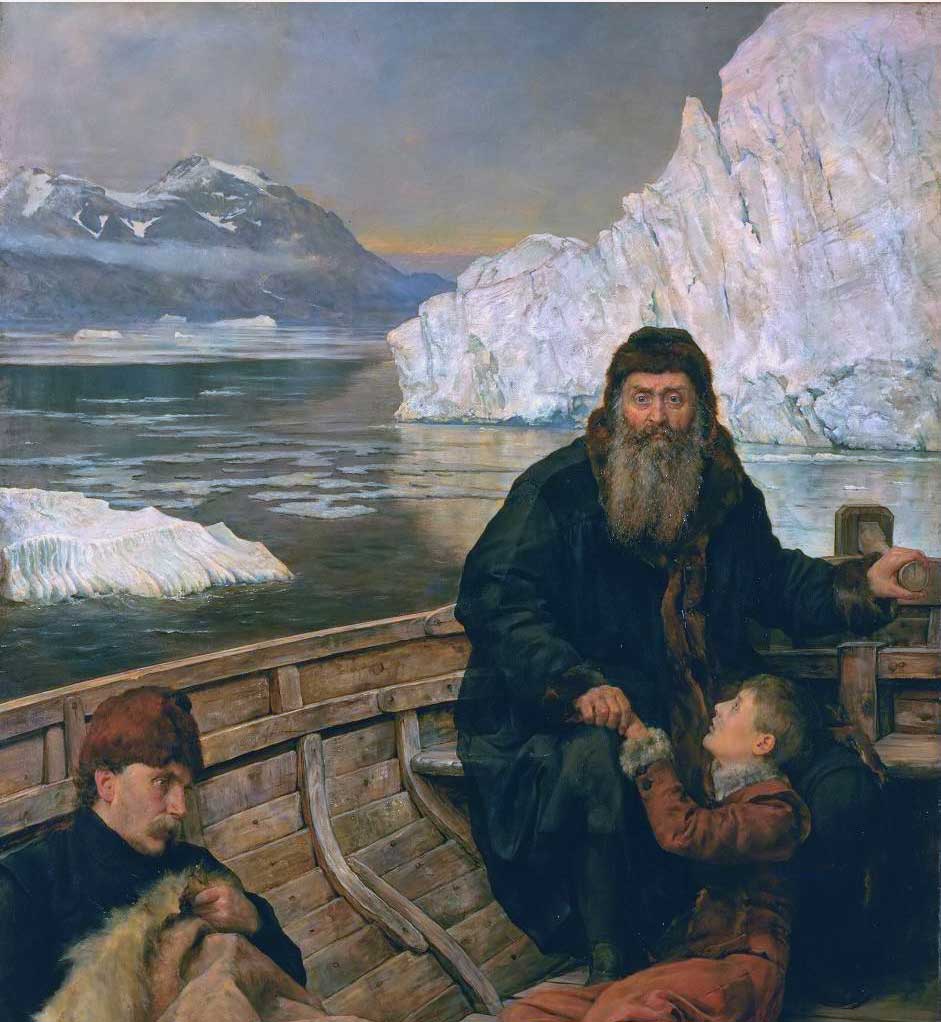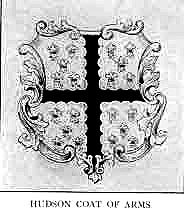The Voyages of Henry Hudson

Henry Hudson was born in London, England. Hudson spent his adult life at sea. He made two voyages trying to find the Northeast Passage to Asia- over the polar ice. His first two voyages were both unsuccessful. These were before he set sail for his more famous voyages to the west.

In 1609, Henry Hudson was commissioned by the Dutch East India Company to find a passage to Asia by sailing north across the Arctic, north of Russia. Unable to make the passage due to ice blockages, Hudson decided to head westward in search of an alternative route. Aboard his ship, the Half Moon, he explored both the Chesapeake and Delaware Bays, concluding that neither led to the Pacific Ocean. Hudson then entered New York Bay and sailed up the Hudson River as far as present-day Albany, before turning back. This expedition established Dutch claims to the region, which would later become New Amsterdam.
In 1610, Hudson secured backing from the British East India Company to resume his search for a passage to Asia. He sailed around the tip of Greenland and on June 25th, entered the Hudson Strait, leading to the expansive body of water now known as Hudson Bay. Hudson and his crew spent the summer exploring the bay, but by fall, their ship became icebound in James Bay. Forced to spend the winter ashore, tensions rose among the crew.
Come spring, Hudson wanted to continue exploring, while his crew insisted on returning to England. Disagreements led to a mutiny; Hudson, his son, and seven loyal crew members were cast adrift in a longboat without food or weapons. They were never heard from again. The remaining crew returned to England, where they were briefly imprisoned but ultimately released.
 >
>